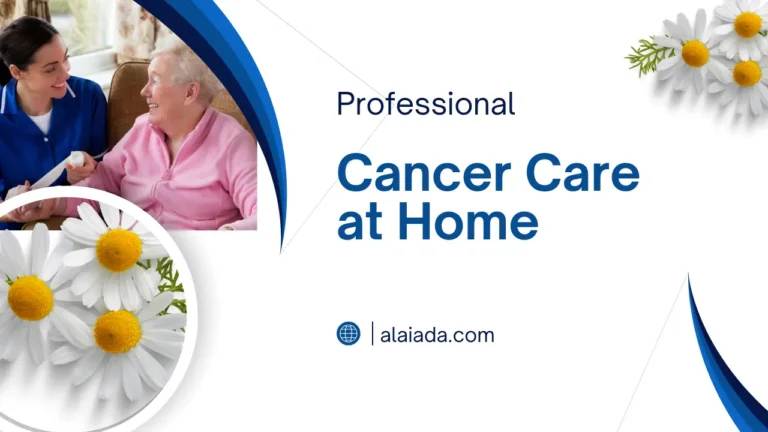The Ultimate Guide to Passing Your CPR Test: Tips and Tricks

Preparing for a CPR test can feel daunting. Whether it’s a requirement for your job or an essential skill for your personal life, knowing how to perform CPR effectively is crucial.
With the right strategies, you can approach your test with confidence and increase your chances of success. By understanding both the fundamental principles of CPR and the specifics of how the test is structured, you can position yourself to excel.
So, what are the best tips and tricks for acing your CPR certification test and ensuring you retain valuable lifesaving skills?
Understand the Basics of CPR
Familiarizing yourself with the basic techniques of CPR is the first step toward passing your CPR test. CPR stands for Cardio-Pulmonary Resuscitation, a method used to save lives in emergencies when someone’s breathing has stopped or their heart has ceased beating.
Ensuring that you understand the following key components is vital:
Compressions
Learning the correct hand positioning and compression depth can make a significant difference. Aim for a rate of 100-120 compressions per minute.
Rescue Breaths
Knowing how to administer rescue breaths effectively is also essential. Take care to tilt the head back slightly, pinch the nose, and create a good seal.
Use of an AED
Familiarize yourself with how to use an Automated External Defibrillator, as many tests include this component.
Practice, Practice, Practice
Practice is key when preparing for your CPR test. Whether you’re practicing at home or in a formal class setting, repetition helps reinforce the techniques you’ve learned. Most importantly, make sure to practice in scenarios that mimic potential real-life situations where you might need to perform CPR.
Remember, it’s not just about memorizing steps. It’s about building muscle memory so that in a stressful situation, you can react instinctively.
Simulation training is often available in CPR certification courses. They can provide lifelike scenarios to gauge your readiness.
Review CPR Test Format
Before sitting for your CPR test, review the format of the exam. Understanding what to expect on exam day can help alleviate anxiety. Most CPR tests consist of a written assessment and a practical skills evaluation.
Stay Calm and Focused
Nervousness can hinder your performance during any test, including a CPR certification test. To mitigate anxiety and stay calm, focus on your breathing and visualize success.
Find a quiet place to study and review your materials. Practice mindfulness techniques, such as deep breathing. This can help ground you.
Lastly, reframe negative thoughts into positive affirmations. This will remind you of your preparation and knowledge.
Utilize Quality Resources
To bolster your understanding of CPR, utilize reputable resources. Online courses, simulation training, and instructional videos can provide valuable insights. Additionally, consider supplemental reading materials available from credible organizations like the American Heart Association.
For those focused on specific areas, feel free to explore more expertise in non-traditional CPR training, such as those from https://cprcertificationnow.com/products/pet-cpr-first-aid-certification. Being well-rounded in skills can enhance your overall knowledge and readiness.
Your Path to Success
Passing your CPR test requires a combination of knowledge, practice, and confidence. Remember to focus on mastering the basics, review the test format, and engage in ample practice.
By utilizing the appropriate resources and maintaining composure, you’ll find yourself ready for your test day. Best of luck on your journey to achieving your CPR certification!
For more life saving tips, check out our blog posts.










